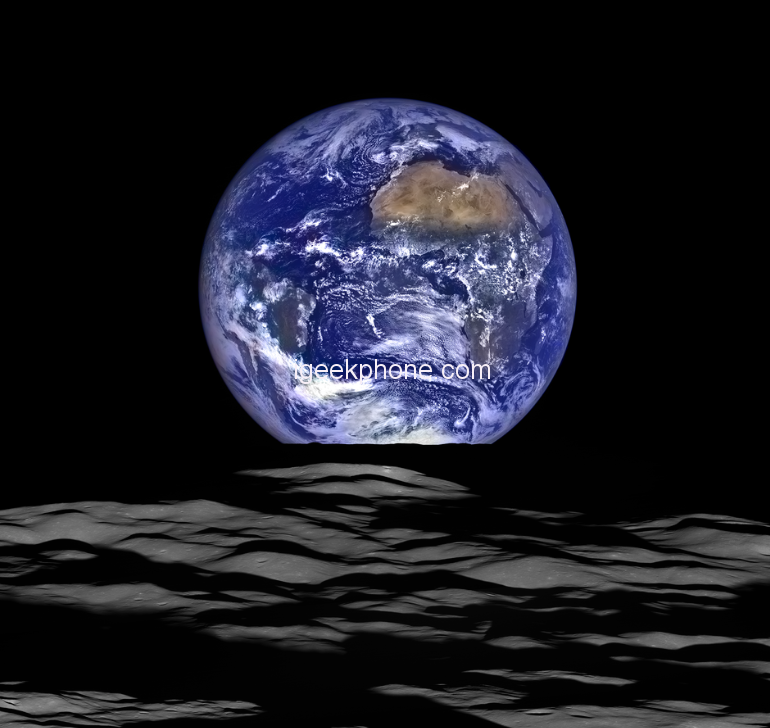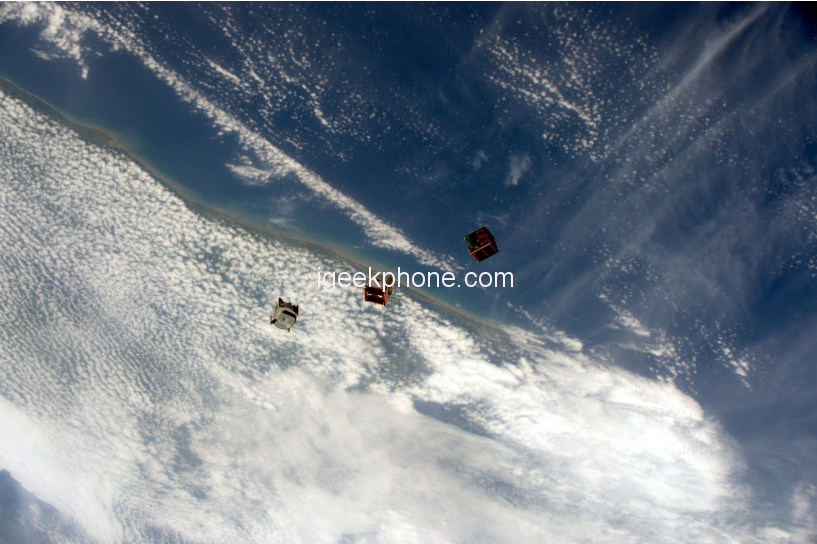As space technology enters a new age of interplanetary missions, scientists and space organizations worldwide warn about the increasing dangers of space debris accumulating in the near-earth orbits. The more satellites are launched into space, the more hazards of collisions they pose. Eventually, the sheer number of defunct satellites in orbit may lead to the Kessler syndrome, making LEO virtually impassable.
It may seem that launching more spacecrafts into orbit is counter-productive in this already alarming development, but in fact, CubeSat cameras can monitor the potentially hazardous near-Earth objects (both artificial ones like debris from defunct spacecrafts and natural ones like asteroids), sending next-to-real-time notifications about possible collisions in space. However, CubeSats cameras can do even more than that, and many of these satellites are already used in Earth Observation, providing timely information on natural disasters, helping marines navigate the seas, and even warning about illegal activities.
So, let’s take a closer look at how CubeSats are helping with space research and alleviating the dangers of collision with near-earth space objects.
CubeSat Cameras in Space: How They Work & Why We Need Them?
For starters, a CubeSat is a small satellite with built-in standard dimensions or units. Today’s CubeSats vary from 1U to 6U, but when it comes to the types of CubeSat camera solutions, the options are far vaster than that.
Today’s CubeSat cameras in space can capture panchromatic, multispectral, and hyperspectral images, all serving a purpose of their own. The CubeSat cameras in space have different optics, which in turn means different resolutions and bandwidth. So, which camera is used in the satellite will depend on the purpose of the satellite in question.
As to how the CubeSat camera works, the logic is no different from any other optical system used on Earth. The CubeSat camera in space captures light from an object and stores an image that ranges from visible to infrared radiation.
A variety of companies have been polishing up the CubeSat camera technology to provide timely information about potential space hazards to our planet, including near-earth objects. The top advantages of CubeSat cameras for Earth Observation and near-orbit monitoring are:
- CubeSat cameras are relatively affordable for the most companies;
- Short production time, which means the space technology remains up-to-date;
- Smaller size and weight, meaning that CubeSat cameras can be launched into space on lightweight rockets;
- Less risk of losing valuable data since CubeSats generally operate as constellations of satellites in space rather than stand-alone spacecraft;
- CubeSat cameras are flexible and highly adaptable services tailored to a particular client’s needs;
- Increased independence since companies do not need to rely on third parties while sending CubeSats with cameras to space.
With all of these advantages in mind, it is not surprising that many customers, both in the private and government sectors, rely on CubeSat cameras in space to get access to all sorts of information they may be interested in. But what technological advances have we achieved so far to ensure our planet’s safety?
NASA, ESA & CubeSat Cameras for NEO Observation

As of now, NASA has discovered over 12,000 near-Earth objects (NEOs), and 820 of those are over 1km in diameter. Approximately 1,500 NEOs are considered potentially hazardous because their orbit distance is dangerously close to our planet’s surface. Besides, millions more space asteroids ranging from 140 m down to 30 m remain undetected, and such dimensions are more than enough to cause massive regional damage upon impact. For example, an asteroid that landed in Siberia in 1908 was roughly 30-50m in diameter, but upon crashing, it destroyed over 2000 km2 of forest land.
Considering the dangers of collisions with asteroids, NASA started searching and documenting all potentially hazardous objects back in 2005. After the ESA joined in the initiative, many of such space objects have been tracked and identified, and several space missions have been put forward.
As of now, ESA has six active missions to monitor for potentially hazardous NEOs. Three of these missions rely on ground telescopes, while the other three use space CubeSat constellations and CubeSat cameras to monitor dangers ‘on the spot.’
NASA is not lagging behind and has a very effective Discovery Program with CubeSat cameras dubbed NEOCams. The primary goal of NEOCams CubeSat cameras is to search for and document any dangerous asteroids over 30 m in size. Should any of such objects be found, the information will be immediately sent to NASA headquarters. The secondary objective of these CubeSat cameras is to trace even smaller objects and provide data on comets and asteroid belts.
Still, despite rapid progress in space technology, it is hard to say which CubeSat camera is the best for NEO monitoring. Too many factors will depend on the constellation orbit and its exact purpose — especially considering that we all have to watch out for artificial space debris, not just natural asteroids.










